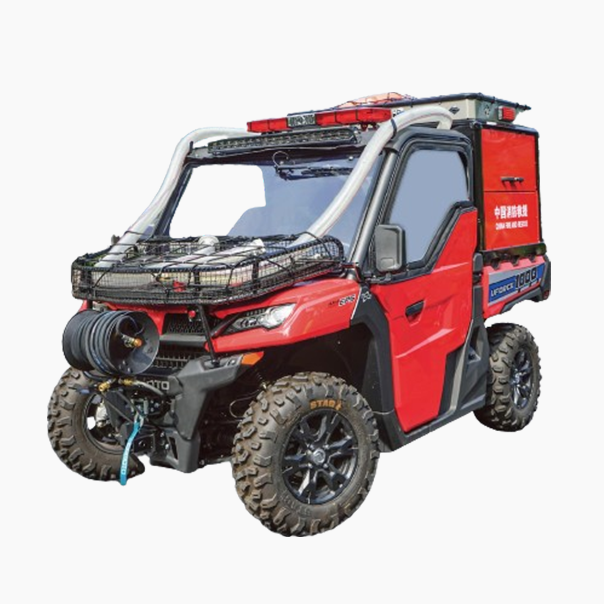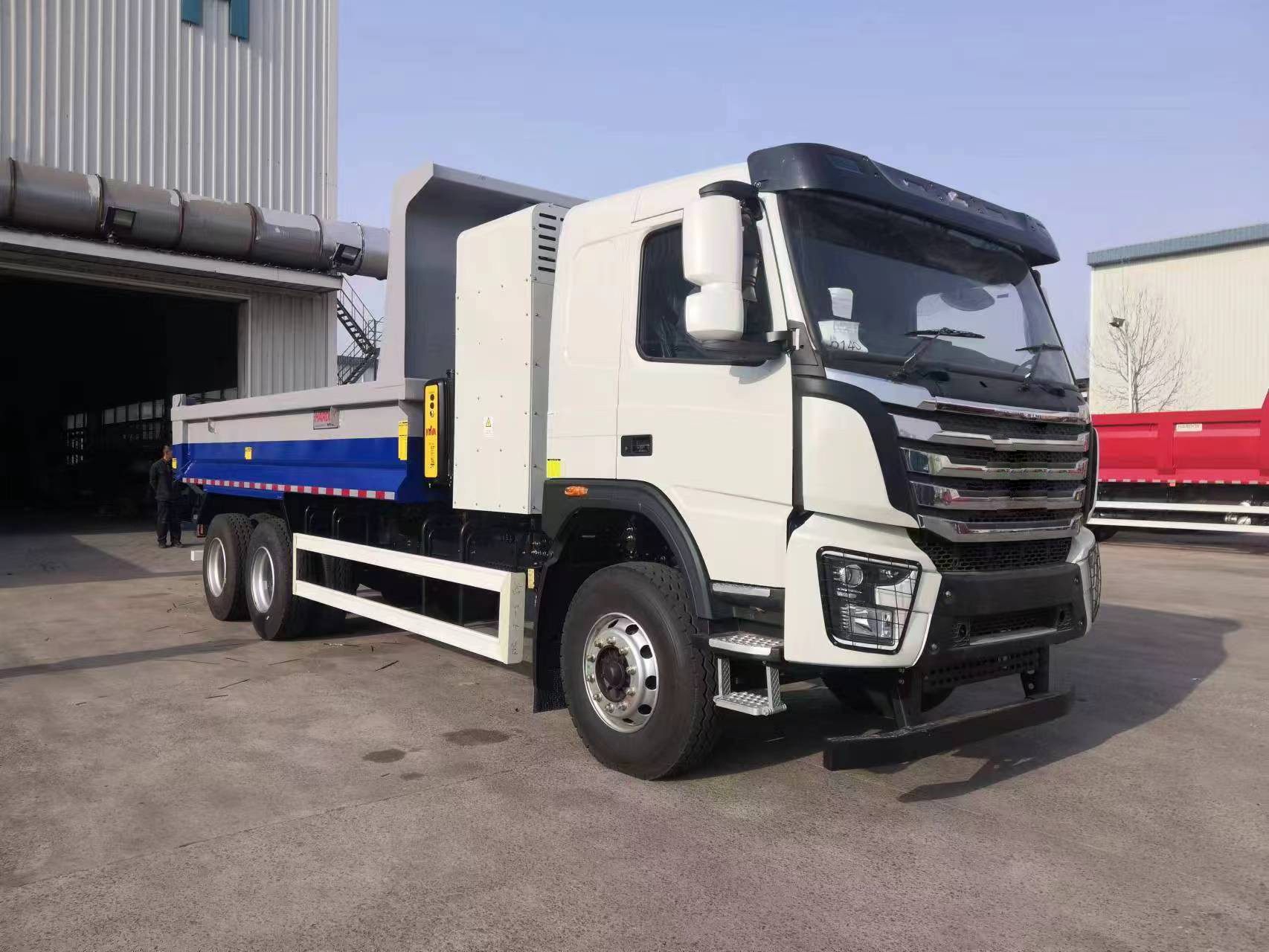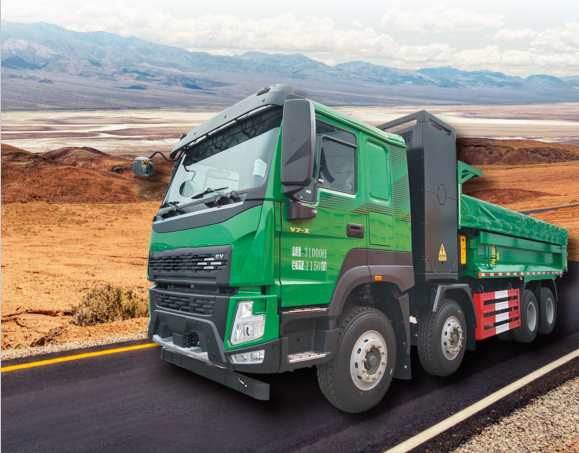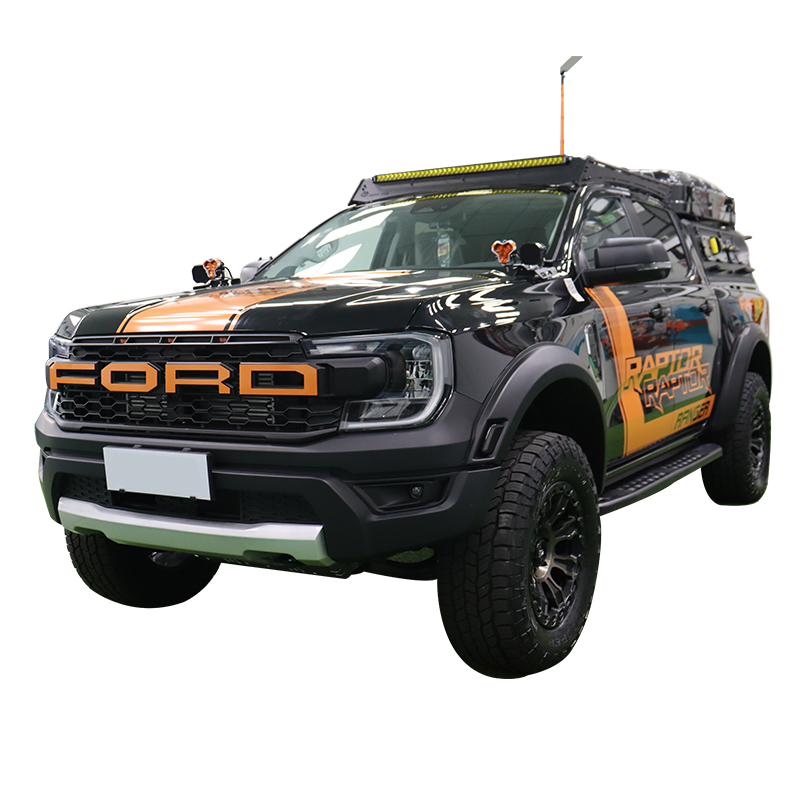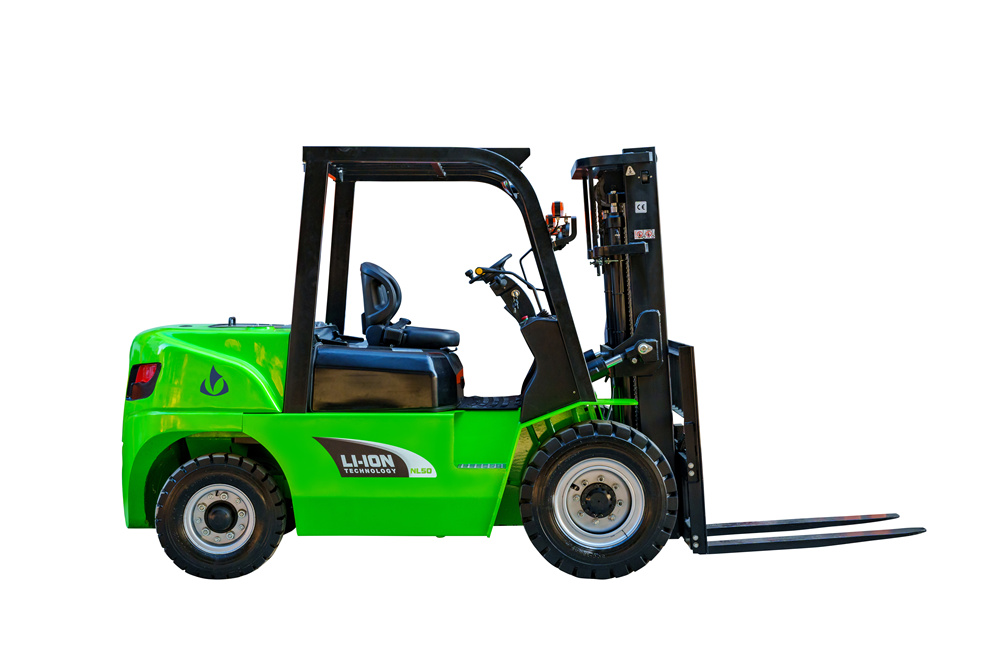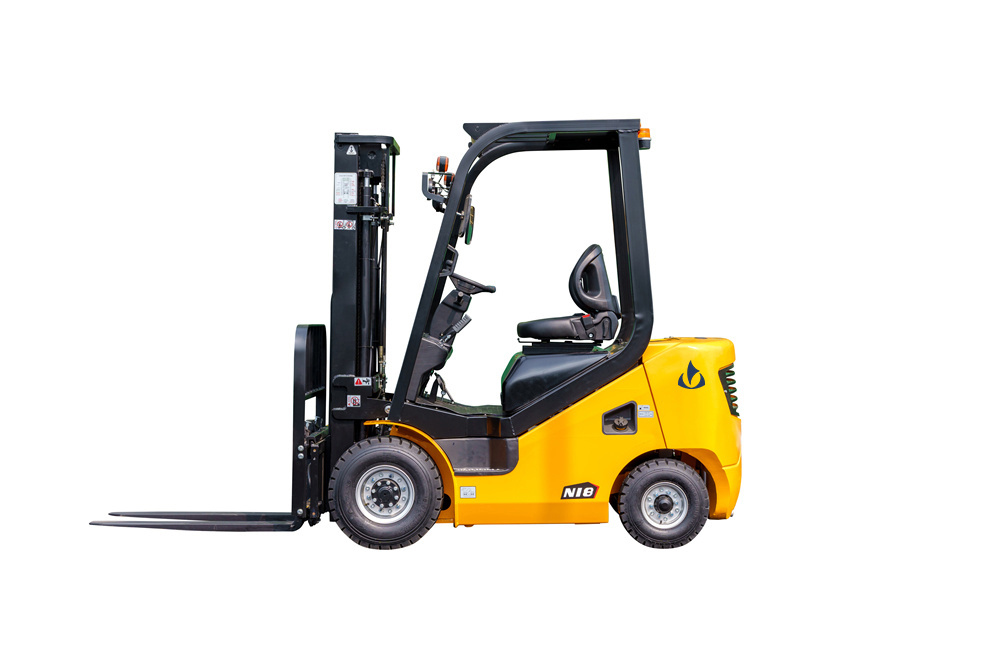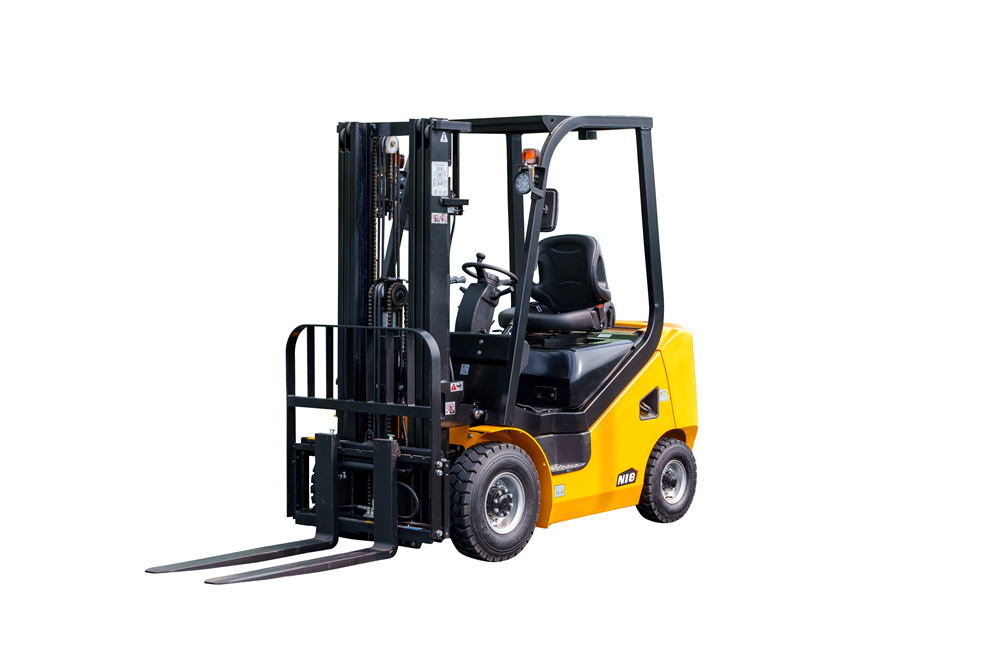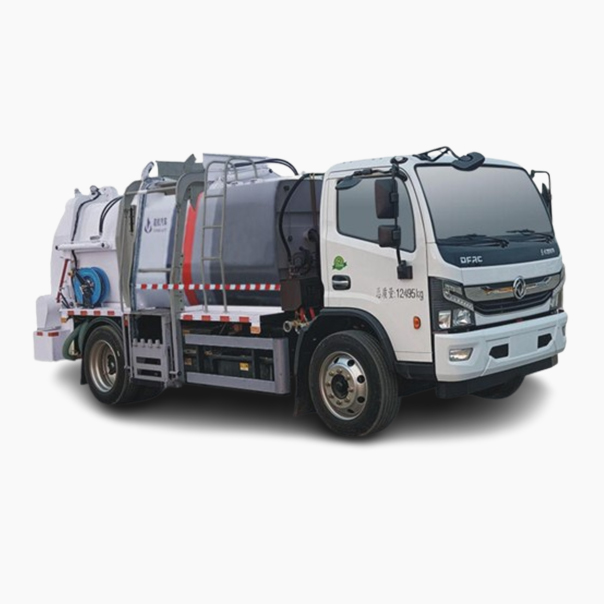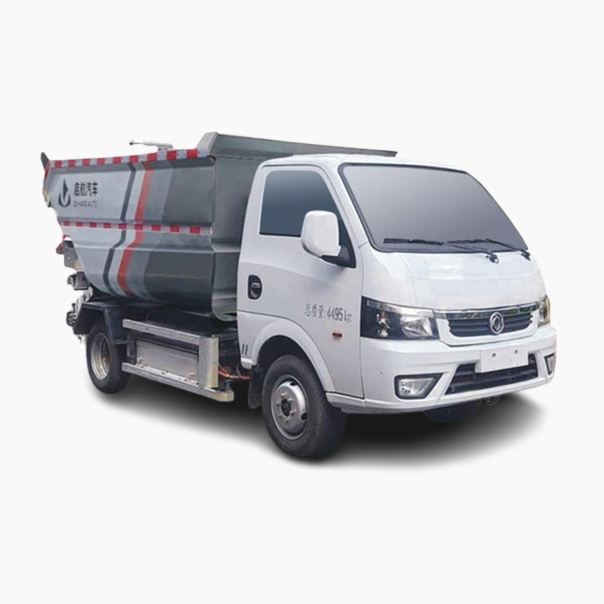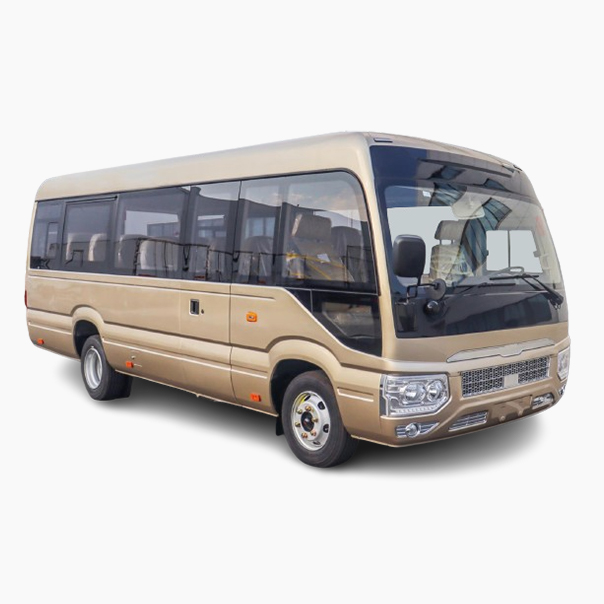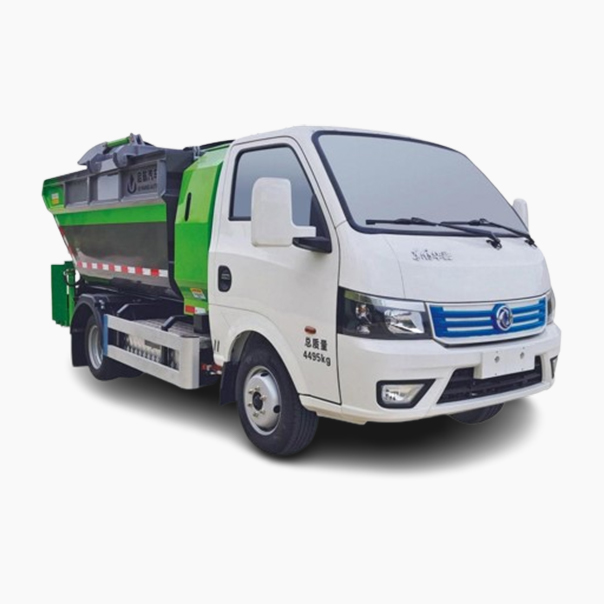As a highly maneuverable professional firefighting and rescue equipment, the main functions of a fire motorcycle include the following aspects:
1.Quickly extinguish initial fires: Equipped with high-pressure water pumps, fire extinguishers, and other equipment, it can respond quickly at the beginning of a fire, control the spread of the fire, and is especially suitable for precise firefighting in narrow areas where large fire trucks cannot enter.
2.Daily patrols and fire prevention propaganda: Conduct fire prevention patrols in communities and streets through vehicle mounted alarms, USB drives, and other devices. At the same time, use loudspeakers or multimedia devices to promote fire safety knowledge and enhance public safety awareness.
3.Special scenario emergency response: suitable for complex terrains such as old urban areas, forests, and rural areas. With flexible shuttle capabilities (such as only requiring a 1.2-meter wide passage), it solves road congestion or difficulties in large vehicle traffic, achieving the goal of "early rescue and small elimination".
4.Multi functional rescue support: Some vehicle models are integrated with dismantling tools, thermal imaging devices, or disinfection modules, which can perform auxiliary tasks such as rescuing the wounded, handling electric vehicle fires, and environmental disinfection, greatly improving the comprehensive efficiency of emergency rescue.
5.Through the above effects, firefighting motorcycles significantly shorten response time (such as reaching a 1-kilometer fire scene within 3 minutes), effectively ensuring the safety of life and property in both urban and rural areas
Overview of Firefighting Motorcycles
As an important component of the firefighting equipment system, fire motorcycles play an irreplaceable role in urban firefighting, rural rescue, and emergency response in special scenarios due to their flexible and maneuverable characteristics. It can quickly shuttle through narrow streets, congested roads and other areas that are difficult for large fire trucks to reach, and carry out initial fire fighting and emergency rescue work in a timely manner, buying valuable time to reduce casualties and property losses.
Structural composition
Fire motorcycles, based on ordinary motorcycles, have undergone specialized modifications and design to form a unique structural system, mainly including the following parts:
Chassis system: Based on high-performance motorcycle chassis, large displacement engines (such as 250cc and above) are usually selected to ensure sufficient power output and meet the needs of carrying fire-fighting equipment and fast driving. The suspension system of the chassis has been strengthened to adapt to bumps in different road conditions, ensuring stability during emergency driving. The wheels are often equipped with anti-skid tires to increase grip on wet and slippery roads or complex ground in fire scenes, improving driving safety.
Fire equipment carrying system: The vehicle is equipped with specialized equipment racks and storage boxes for fixing and storing various types of fire equipment. Common equipment includes fire extinguishers (dry powder, carbon dioxide, etc.), water hoses, water guns, demolition tools (such as fire axes, pry bars), lighting equipment (strong flashlights, emergency lighting), communication equipment (walkie talkies), and first aid kits. The equipment rack is made of high-strength steel and is stabilized on the vehicle body by a sturdy fixing device to prevent it from falling off during driving.
Water supply system (some models): Some firefighting motorcycles are equipped with small water tanks and simple water supply devices, with water tank capacities typically ranging from 50-200 liters. The water tank is connected to the water gun through a water pipe, which can achieve preliminary water spray fire extinguishing function. Some models are also equipped with small water pumps that can draw water from nearby sources such as fire hydrants and ponds, providing continuous water support for firefighting operations and enhancing initial fire extinguishing capabilities.
Performance characteristics
Strong maneuverability: Fire motorcycles are compact in size, with a body width generally within 1.2 meters and a length of about 2-2.5 meters, making them more adaptable to narrow spaces compared to large fire trucks. In areas where large vehicles cannot pass through, such as old urban areas, pedestrian streets, and rural roads, it is possible to quickly reach the scene of an accident, and the response time is usually shortened by more than 30% compared to large fire trucks.
Quick response capability: It starts quickly, has good acceleration performance, and can reach speeds of 80-100 kilometers per hour on clear roads. This enables it to quickly arrive at the scene of a fire or emergency event upon receiving an alarm, carry out timely disposal work, and effectively control the spread of the disaster.
Multi functional adaptability: In addition to basic fire extinguishing functions, different equipment can also be equipped according to actual needs to achieve diversified emergency response. For example, equipping with dismantling tools can be used to rescue trapped individuals; Carrying a first aid kit can provide initial medical treatment for injured individuals; Installing emergency broadcasting equipment can provide evacuation guidance at disaster sites.
Convenient operation: The driving operation is similar to that of a regular motorcycle, and firefighters who have received professional training can quickly master the driving skills. The fire-fighting equipment of the vehicle is easy to access and the layout of the equipment is reasonable. Firefighters can complete equipment preparation in a short period of time and quickly participate in rescue operations.
Functional purpose
Initial fire extinguishing: For small fires (such as kitchen fires in residential buildings, initial fires in shops, etc.), firefighting motorcycles can quickly arrive at the scene and use portable fire extinguishers or vehicle mounted water supply systems to extinguish the fire in its early stages and prevent the fire from spreading.
Emergency rescue assistance: In natural disasters such as earthquakes, floods, or traffic accidents, firefighting motorcycles can serve as an advance force to quickly arrive at the scene to investigate the situation, transmit information, and use carried demolition tools and emergency equipment to carry out preliminary rescue, buying time for subsequent large-scale rescue efforts.
Fire safety promotion and inspection: In daily work, fire motorcycles can be used for fire safety promotion in communities, schools, enterprises and other places, carrying promotional materials for touring promotion and popularizing fire safety knowledge. At the same time, fire safety inspections can be conducted in key areas to promptly detect and eliminate fire hazards.
Applicable scenarios
Complex urban areas: old city districts, urban villages, narrow streets, commercial pedestrian streets, and other areas in the city, with narrow roads, high pedestrian flow, and difficult passage for large fire trucks. Fire motorcycles can flexibly shuttle through them and quickly respond to fire alarms in these areas.
Rural and remote areas: Rural roads have lower grades, narrower surfaces, and are far from urban fire brigades. Fire motorcycles can serve as the main equipment for rural volunteer fire brigades, quickly deploying in the early stages of a fire to compensate for the long arrival time of large fire trucks.
Large scale event venues: In large-scale mass events such as concerts, sports events, temple fairs, etc., with dense personnel and numerous vehicles, small fires or emergency situations are prone to occur. Firefighting motorcycles can be on standby around the scene, and in case of emergencies, they can be dealt with in a timely manner to maintain on-site safety.
Industrial park and factory interior: Some industrial parks have complex roads or densely distributed workshops and warehouses, making it inconvenient for large fire trucks to enter. Fire motorcycles can patrol and respond to emergencies within the park or factory area, quickly handling initial internal fires.
Daily maintenance and management
To ensure that firefighting motorcycles are always in good combat readiness, standardized daily maintenance and management are required:
Regular inspection: Daily check whether the vehicle's engine, tires, brakes, lighting and other systems are normal; Check the integrity and effectiveness of firefighting equipment weekly, such as whether the pressure of fire extinguishers is sufficient, whether water hoses are damaged, and whether tools are intact; Conduct monthly tests on the water supply system (if any) to ensure that the water pumps and pipes are functioning properly.
Maintenance and upkeep: Conduct regular maintenance according to the vehicle manual, including changing oil and filter cartridges, checking circuits, oil circuits, etc. Fire equipment needs to be regularly replaced with expired items (such as fire extinguisher chemicals), repaired or replaced with damaged equipment.
Storage management: Fire motorcycles should be parked in a ventilated, dry, and easily accessible dedicated garage to avoid direct sunlight and rain. When storing, it is necessary to ensure that the equipment is complete, the fuel tank is sufficient, and emergency actions can be taken at any time.
Personnel training: Firefighters who drive and operate firefighting motorcycles need to undergo professional training, familiarize themselves with vehicle performance, equipment usage methods, and emergency response procedures, conduct regular practical exercises, and improve emergency response capabilities.
